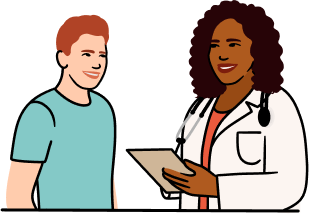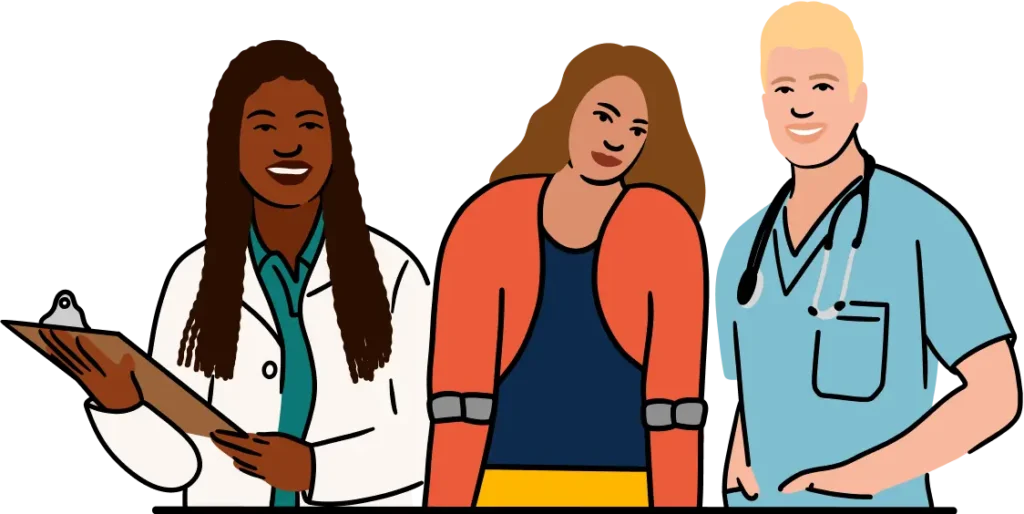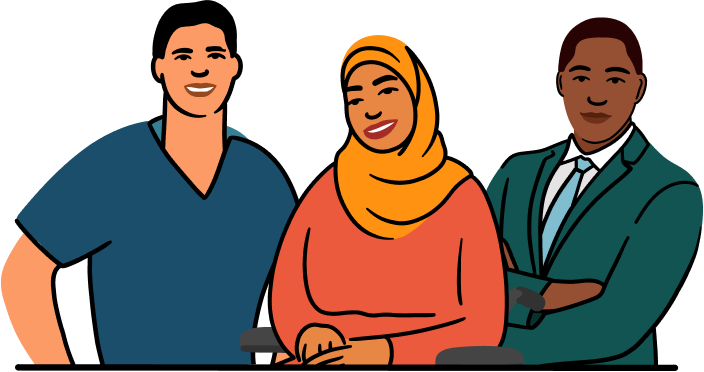Resources
Understanding the IDD Community: Essential Data and Insights
Significant health disparities exist for people with intellectual and/or developmental disabilities (IDD). IEC believes that making healthcare better and safer for these individuals is an issue of both health equity and healthcare quality and that strengthening our system is essential for the health and well-being of our society.
Key Demographics
An estimated 16 million Americans currently live with IDD, representing 3%-5% of the total US population. IDD includes common conditions like autism, cerebral palsy, Down syndrome, intellectual disability, and attention deficit hyperactivity disorder (ADHD), as well as more rare conditions like Williams syndrome or Rett syndrome.
1 in 20 Americans Have IDD
Health Disparities
People with IDD experience health disparities that put them at risk for poor health outcomes, unnecessary and/or harmful procedures, and a shortened life expectancy. People with IDD:
- Have higher rates of chronic conditions, such as diabetes and heart disease, and a maternal mortality rate nearly six times that of the general population
- Are less likely to receive preventative care, such as blood pressure and cholesterol checks or screening for vision and hearing problems
- Are less likely to be screened for cervical, breast, and prostate cancer
- Are more at risk for social isolation and have fewer emotional supports
- Experience a suicide risk that is three times higher than the general population for those with intellectual disability, and six times higher in autistic individuals
Racial Disparities
Health disparities are even more pronounced for the 30% of individuals with IDD who are Black, brown, or low-income.
Black autistic children are often diagnosed years after the onset of symptoms and, in some cases, remain undiagnosed well into their elementary school years. As a result, these children are less likely to receive and benefit from the early intervention services that many of their white autistic peers benefit from as toddlers (Hilton et al., 2010; Mandell et al., 2009).
Autistic people who are Black or Hispanic are twice as likely to report poor or fair mental and physical health as autistic people who are white. They also experience higher rates of diabetes and other chronic medical conditions than white autistic people.
Average Age of Diagnosis for Autism
White
5.5 years
Black
7.9 years
Percentage of Children Diagnosed at First Visit to Specialist
Black
72%
White
58%
(CDC MMWR, Surveillance Summaries / March 27, 2020 / 69(4);1–12)
Join Our Mission




